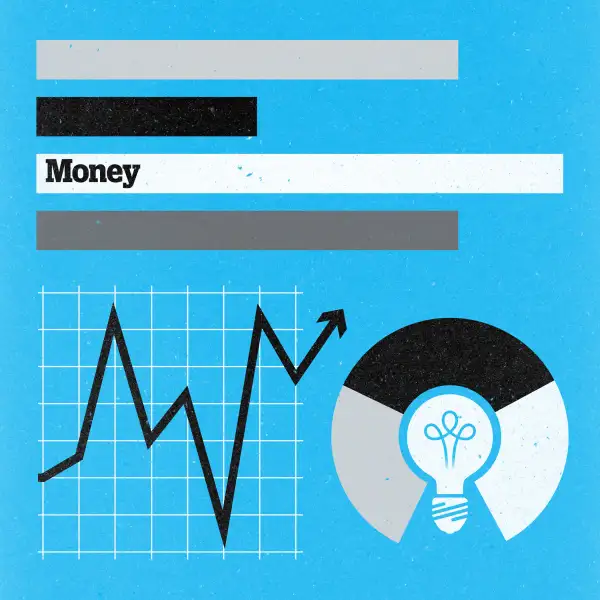The Best Way to Invest for Your Child's Roth IRA
Money is not a client of any investment adviser featured on this page. The information provided on this page is for educational purposes only and is not intended as investment advice. Money does not offer advisory services.

Q: Opening a Roth IRA for a child sounds like a good idea, but how do you invest to make the money grow? Do you need to be active by buying and selling stocks? – Mimi in San Francisco
A: No doubt, a Roth IRA can be a pretty sweet deal, not just for adults but also for kids. As long as a child has earned income, he or she can contribute to a Roth IRA and enjoy tax-free growth and withdrawals. (You can read more about the ins and outs of establishing such an account here.)
Now, to the question of how to invest the money to make it grow: Most experts agree that over the long run, stocks are the way to go.
There will be ups and downs, maybe double-digit declines such as we saw during the financial crisis. But over the really long run — remember, a 15-year probably won't be retiring for more than half a century — stocks tend to appreciate more than most other assets.
This doesn’t mean, though, that you need to be actively trading stocks. On the contrary, unless the child is an aspiring Warren Buffett and has enough money in his Roth to buy dozens of companies, stick with a traditional mutual fund or an exchange-traded fund (ETF).
Doing so gives you access to a diversified portfolio of stocks and, depending on the type of fund you choose, a professional manager who makes those buy and sell decisions for the child.
One exception: “If your child has an interest in learning about stocks, buying shares in individual companies can be a great way to learn about the stock market,” says Bill Dix, a certified financial planner with Fortune Management in Raleigh, N.C. In this case, however, individual stocks should represent a small allocation of 'play money'.
Within funds, there are two primary strategies – active and passive.
Active management means relying on professional fund managers who actively pick which shares to sell and buy based on where they think the market is heading or whether they think a stock is mispriced.
Passive strategies, also known as index funds, don’t attempt to make such calls on individual securities or the market. Instead these lower-cost funds simply track an index, such as the Standard & Poor’s 500. Or they follow a rules-based strategy that adheres to a predetermined formula for buying and selling securities.
Read Next: The Right Way to Give Kids an Allowance
This works to their advantage — over the past decade, only around 20% of active managers have consistently beaten the broad market indexes.
Investors just starting out, says Dix, should consider a diversified stock index fund, such as the Schwab S&P 500 index . It holds the 500 largest U.S. stocks, which are found in the S&P 500 index. While stocks in the S&P 500 are all listed in the United States, about a third of their total revenue comes from other countries.
“In terms of allocation, a young investor may not need to go further than that,” says Dix. For other options, take a look at some of the index funds listed in the Money 50, our recommended list of mutual and exchange-traded funds.
As the Roth IRA grows in value — and as your child ages — you may want to look into adding other funds for diversification. Or consider going with a low-cost asset allocation fund. These are all-in-one funds that invest not just in a diverse mix of stocks, but also bonds and other asset classes. Dix is a fan of the Vanguard STAR fund , which is composed of 11 different Vanguard funds that own equities as well as fixed income.
Unlike many so-called funds of funds, which often charge high fees, this fund has low fees. Its expense ratio of 0.34% is about a third what comparable funds charge. “For someone who is not going to pay that much attention, this is a good way to get instant diversification across many assets,” Dix adds.